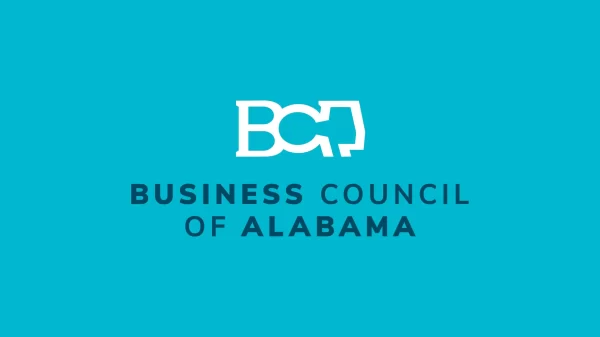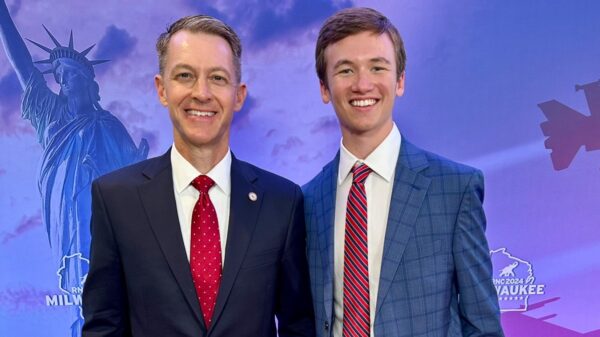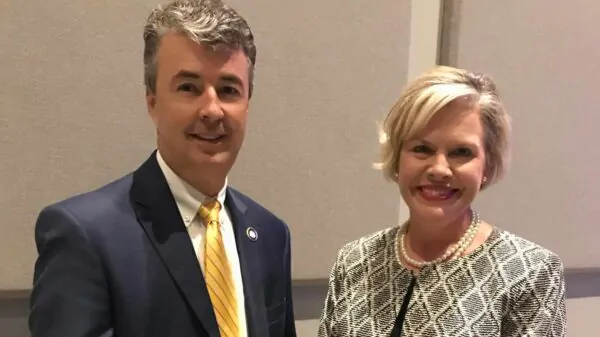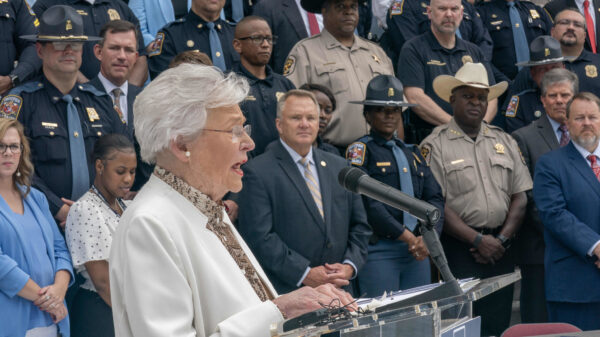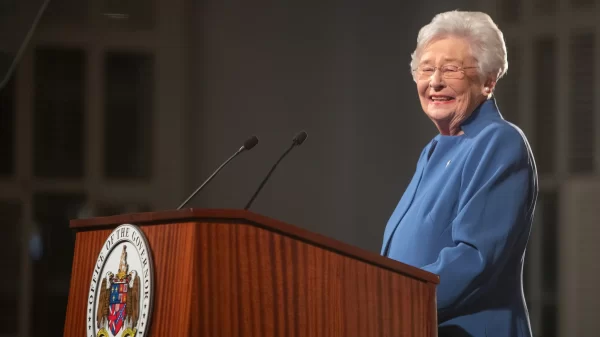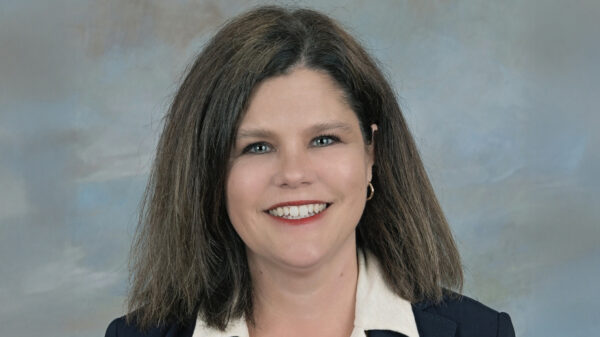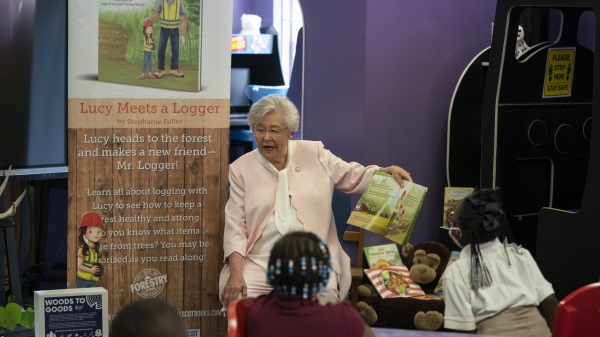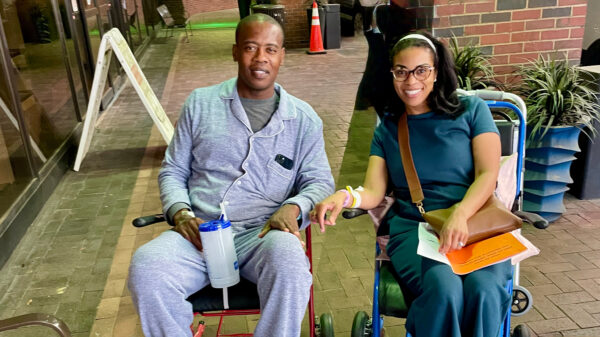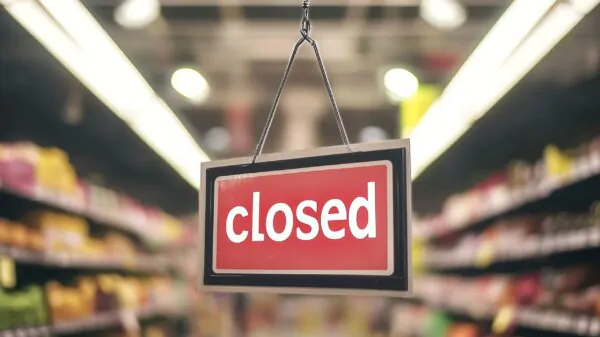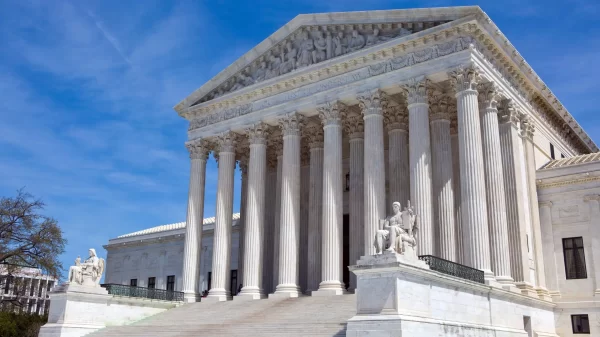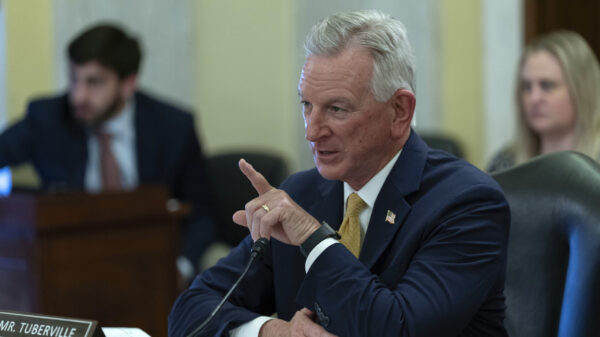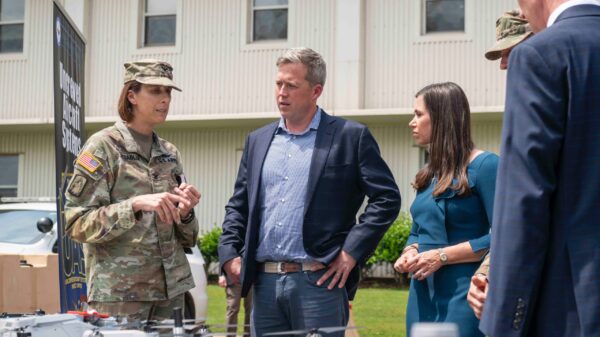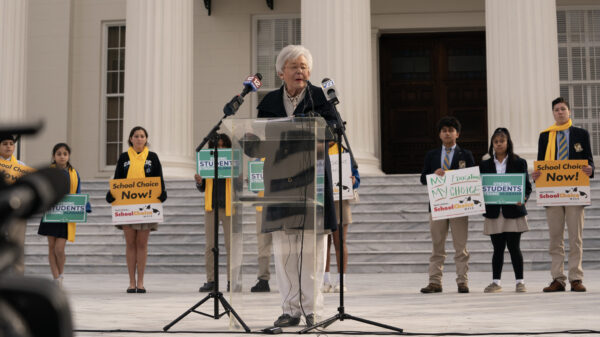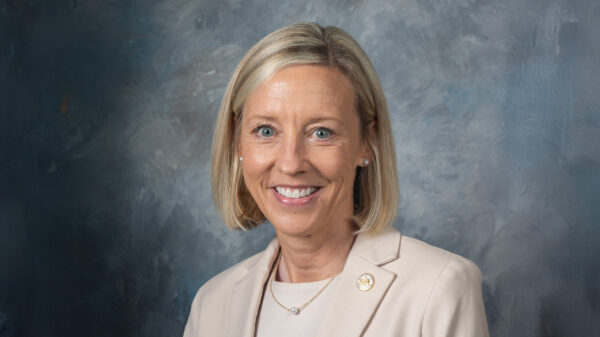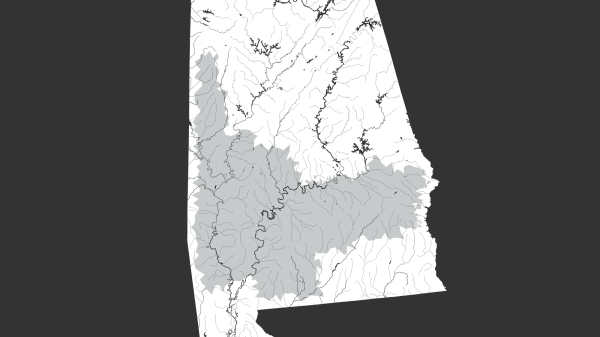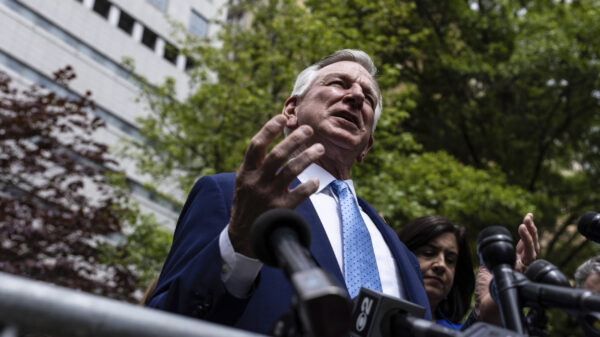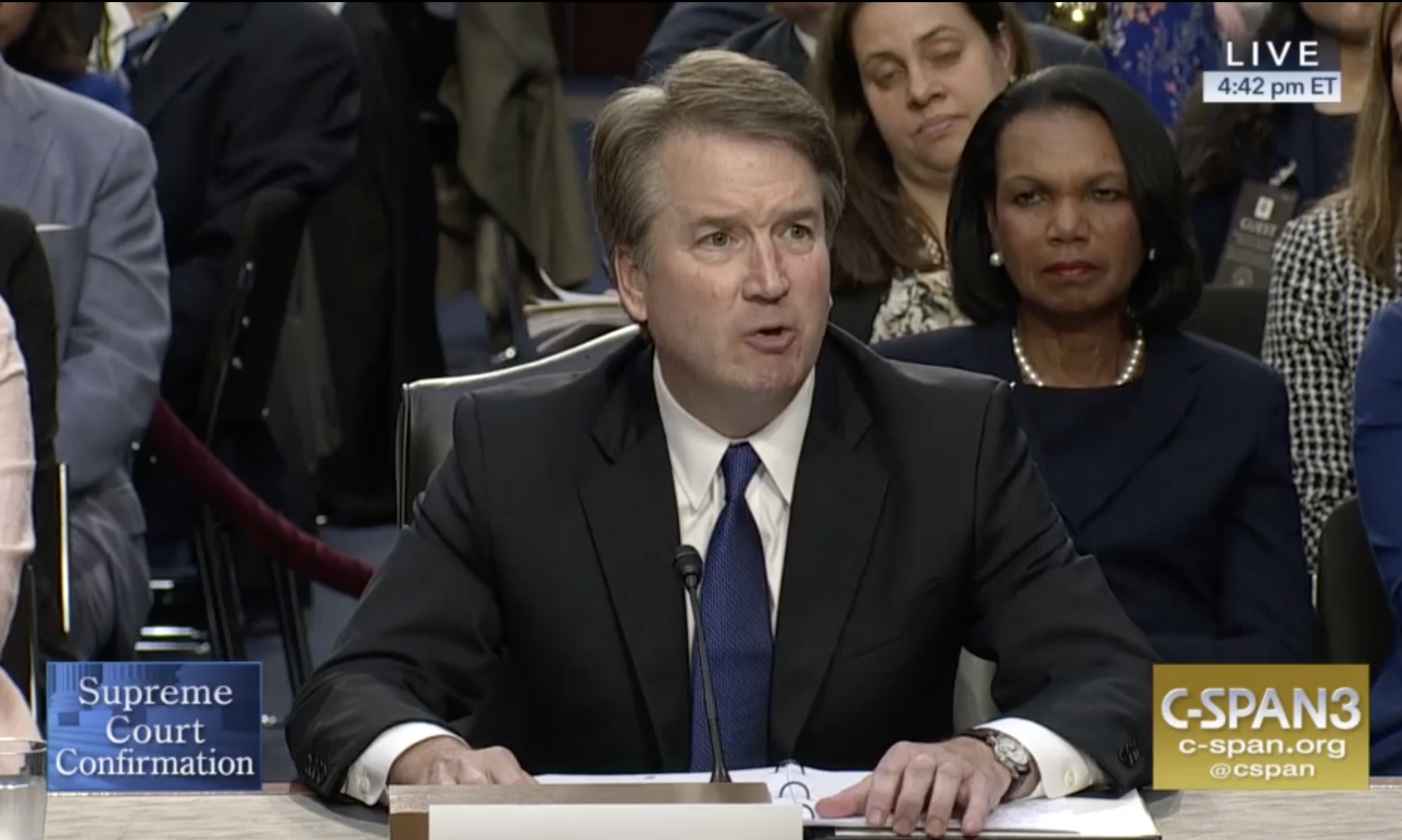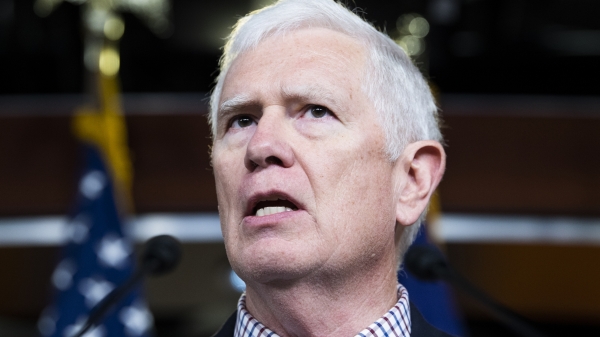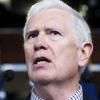By Bill Britt
Alabama Political Reporter
MONTGOMERY— Coosa Valley Medical Center is the area’s most modern acute-care hospital, it is also the largest employer in Sylacauga.
“An organization of our size—-which is midsize medical facility—-is a part of daily life in our community,” says Hospital CEO, Glenn C. Sisk.
Sisk, a veteran hospital executive, says he is concerned about the situation facing the state’s Medicaid program and the effect it will have on the healthcare infrastructure of Alabama.
“Alabama’s hospitals are on very fragile footing economically,” said Sisk. “A recent survey found that the average margin for hospitals is one percent.”
Eighty-five hospitals around the state took part in the survey Sisk refers too, “If you remove the seven top hospital in the state the margin drops to a negative one percent. Only one rural hospital operating in Alabama had a favorable rating the rest are operating in the red,” said Sisk.
Coosa Valley Medical Center is Sylacauga’s biggest employer with 620 employees. But the reach of the hospital creates 1445 jobs in the area with a total economic impact of $133 million annually.
Imagine the effect on Sylacauga and the surrounding area if suddenly those jobs no longer existed.
“If further cuts come and further reduction in Medicaid payments come then hospitals and physician are going to have significant decisions to make,” says Sisk.
While, pundits, politicians and average Alabamians debate the coming vote on the Constitutional Amendment to fund Alabama’s Medicaid program and prison system, medical professionals like Sisk must deal with the harsh reality that faces the state if the amendment fails.
“I am not trying to sensationalize the issue with these comments but for certain providers, those who provide heavy Medicaid relayed care, with further cuts those physician will no longer be able to continue to do business in the state,” said Sisk.
This is the sobering assessment from a man with decades of experience in Medical administration. “We have a very difficult time now as it is getting physicians in many parts of the state to accept Medicaid patients,” says Sisk, “and this will further create problems.”
Coosa Valley Medical Center sees approximately 31K visitors annually “which is a very busy compared to our size,” says Sisk, “Last year we had 20 million in uncompensated care.”
What Coosa Valley is experiencing is not a phenomenon but a growing trend because there are more uninsured and under-insured Alabamans and fewer physician who see those who only have Medicaid.
“I was discussing this with a group of physician this week, Sisk said, “They each are considering-—because of the new cuts-—to no longer accept patients on the Medicaid program.
In an attempt to salvage the state’s Medicaid program Dr. Don Williamson, who is heading the governor’s task force on Medicaid, has worked with the Alabama Hospital Association, physician and other providers to take a cut in reimbursements to help the state through the current crisis.
But Williamson has warned that this is just the opening of an event horizon that will see the collapse of Alabama’s health care infrastructure if Medicaid is not funded in 2013.
“It is important for people to understand that Medicaid is not an economic windfall for health care providers,” says Sisk. “In fact Medicaid doesn’t even cover the cost of providing the care.”
Sisk points out that the reason that Alabama hospitals can render good care for its Medicaid patients is because, “we have very efficiently run hospitals, the most efficient in the country.” While Sisk says we should be proud of that it is important to understand that, “providing healthcare to a Medicaid patient is more expensive than the reimbursement we receive.”
Coosa Valley Medical Center has 263-licensed beds. This includes 163 acute-care beds, a 50-bed nursing home, 35-bed skilled nursing facility and a 15-bed senior behavioral unit.
Of the 50 beds in the nursing home facility at Coosa Valley Medical Center 97 percent are filled with Medicaid patients.
Sisk said, “I have heard leadership say, that if this is not solved are we not going to be able to keep nursing home residence.”
If this happens due to Medicaid being unfunded, “Are we going to be forced to put them in alternative environments such as at home, with home health support,” says Sisk. “That is really not the best thing for the person but it is also not good for their families and caregivers.”
Yet, no alternative seems available.
The governor and legislature has said that if the constitutional amendment doesn’t pass that there may be a special session called, and according to the governor, “everything will be on the table.”
This may sound encouraging but the fact is that the constitutional amendment vote is mere weeks before the 2013 budget goes into affect, leaving no time to fix the problem with a tax.
“My understanding is even if a tax were to be passed it would take 6 to 10 months before we would realize the funding results, so, it would be half or two-thirds of an additional fiscal year and I can tell you with confidence that there are providers who would not survive that,” said Sisk. “With the additional plus or minus 17 percent proration on top of where we are now, I can tell you it is unsustainable.”
Many have said that this is a good time for Alabama to face the music and live within its means, but it is not clear what they really mean by their statements or if there is a clear understanding of facts. Alabama has one of the lowest Medicaid reimbursements in the country and the fact that Alabama’s entire healthcare infrastructures is built on Medicaid means that a ripple effect will cause devastating economic consequences.
Given that Alabama is still suffering under the worse economic times in a generation most medical professionals agree a failure to fund Medicaid will produce a heavy lost of jobs in an already fragile economy.



